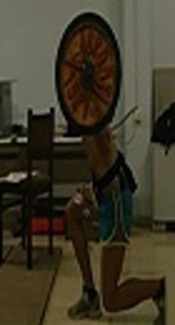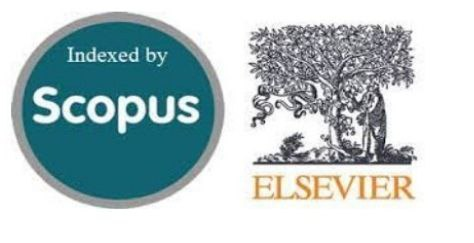EMG Analysis of Trunk and Lower Limb Muscles in Three Different Squat Exercises in Athletes and Non-Athletes
Keywords:
Muscles, Athletes, ElectromyographyAbstract
Objectives: Squat is known as a common and functional exercise for strengthening the lower limb muscles. However, researchers put it in the category of exercises with high risk of injury. So, the purpose of this study was to investigate the effect of three different techniques of squat on electromyographic response of trunk and lower limb muscles in athletes and non-athletes. Methods: Twenty subjects including 10 amateurs and 10 professional athletes ranging from 22 to 27 years old participated in the study. Three different techniques of squat were analyzed using electromyography (EMG) assessment. EMG was recorded from vastus lateralis, vastus medialis, semitendinosus, biceps femoris, adductor longus, transversus abdominis and multifidus muscles during squatting. Independent-Samples t-test and multivariate analysis of variance (MANOVA) were used to analysis the data. Results: The finding indicated that there was no significant difference between the two groups in all of the muscles activities (P ≤ 0.05). During lunge squat, the semitendinosus had more muscle activity in comparison with two other techniques (P = 0.023). However, the transversus abdominis and multifidus muscles revealed a less significant muscle activity during lunge squat (P = 0.001). Conclusions: Given the results of this study indicating that lunge squat is more suitable for strengthening the semitendinosus muscle and the parallel and plie squat technique seem to be better suited to strengthen the transversus abdominis and multifidus muscles, it can be argued that these movements can be used to strengthen the hamstring and spinal muscles respectively.
Downloads








